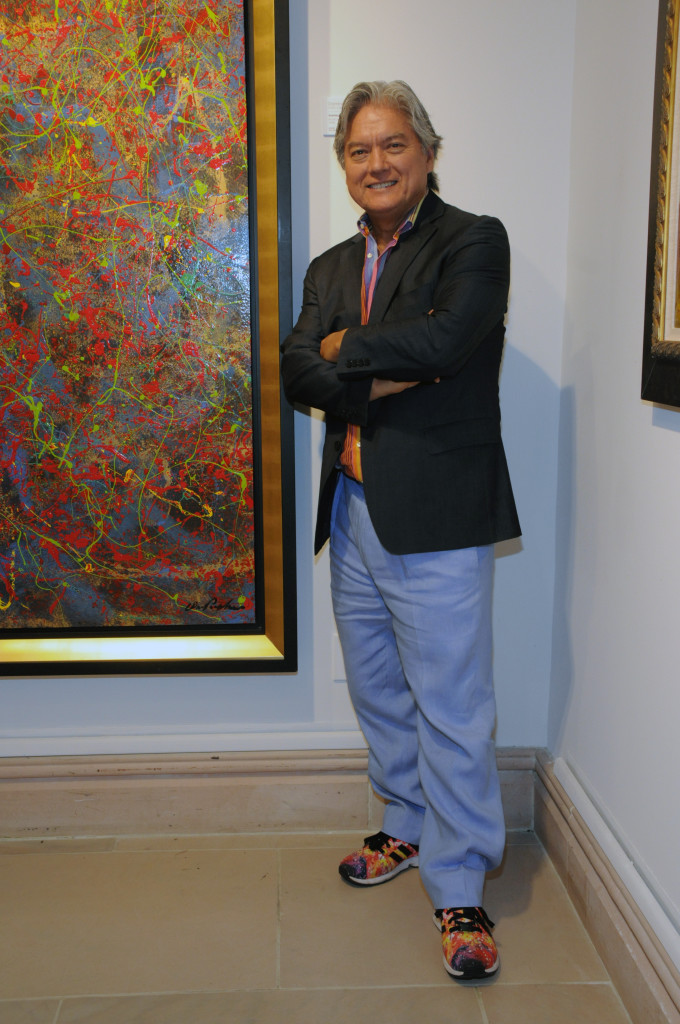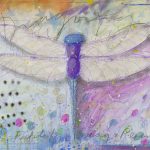Dominic Pangborn: The philosophy of an evolutionist
What do you call an artist whose diverse style broadens constantly? In the case of artist Dominic Pangborn, it boils down to one word: evolutionist.
His work encompasses a wide range that is constantly changing, whether it be his fashion and design collection or his fine art. The diversity of his art switches from photo-realistic to astronomical and abstract. As Pangborn puts it: “My style is no-style.”
“I don’t have a pre-plan that I’m going to do this or do that,” he says. “Even if I did, the first touch of that canvas or whatever medium I’m doing, that is going to dictate where it flows.”
The beginning of the evolution
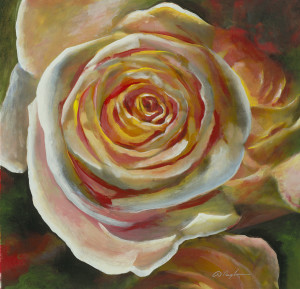
“Rose in Bloom” (2014), Dominic Pangborn
Pangborn’s creativity and sense of curiosity began with his childhood. He was born in 1952, a year before the end of the Korean War, leaving him and his family in a war-torn country. The son of an American G.I. and a Korean farmer, Pangborn says he is actually thankful for such a tough start to his life.
“I look back and I say ‘you know what, I was so blessed,’” he says. “When you’re down and broke, when you don’t have anything in your pocket…I’ll guarantee you, that is when your creative juice flows right into you. You have to create, you have to make things, you have to invent things.”
He recalls listening to the tales of his fellow villagers, finding he could use his imagination and visualize their stories.
When he was adopted by a Michigan family at the age of 10, he soon began using art as a form of expression to surmount language barriers. This facet of art would play a role in his choosing to study art when attending university.
“It was magic to my ears – it was like, ‘oh my God, they have school with no English? Why didn’t anyone tell me this?’” he says with a laugh.
How an evolutionist thinks
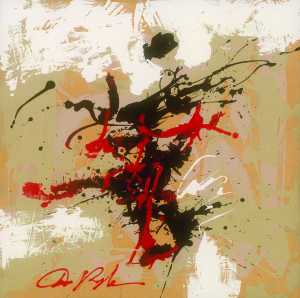
“Abstract in Jazz” (2011), Dominic Pangborn
In Pangborn’s eyes, art reflects a current mood or point in time. What he might feel one day about his art may be different the next day, and his art reflects his state of being or a point in his lifetime.
“I try to live every day for what it is and make the most of it,” he says.
Pangborn likes to paraphrase a saying from Greek philosopher Heraclitus to describe his outlook: “No man ever steps into the same river twice, for it’s not the same river and he’s not the same man.” The phrase refers to the state of impermanence – is a river the same an hour ago? Is the man the same as when he stepped into it last time?
As another way of summing up his philosophy, Pangborn compares it to not wanting to eat the same meal every day or every week.
“I just take the art world as the same way we live our life,” he says. “Every day the flavor is different, I encounter different situations, I wake up to a different air and so on.”
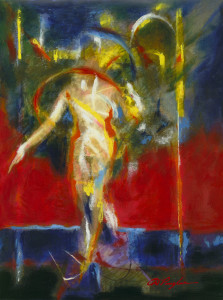
“Lights and Motion” (2015), Dominic Pangborn
The theme carried over into his retrospective, titled “Evolution of Art and Design Through Revolution” that was held at the Ella Sharp Museum in Jackson, Michigan in 2014.
He attributes working with Park West Gallery as part of his continued evolution as an artist, saying the gallery gives him the creative freedom to explore.
“When [Park West] thinks they know me, the next week I’ve got something totally different,” he says with a chuckle. “That is what helps to elevate me because Park West gives me that platform.”

